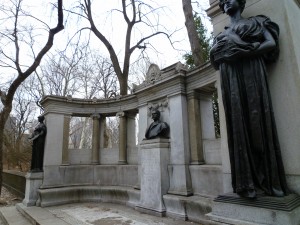HEALTHY ARCHITECTURE
A recent article on the impending demolition of the Coler-Goldwater Hospital on Roosevelt Island by the architect and photographer Charles Giraudet raises an important question. The Goldwater portion of the hospital (originally called Welfare Hospital) opened in 1939. It was designed by Isadore Rosenfield, a Harvard educated Russian immigrant who was the Chief Architect of the Department of Public Works and in charge of New York City’s $100 million hospital building program. The architecture is modernist, with Art Deco motifs, and a chevron plan that presages Louis Kahn. As Giraudet, who has been documenting the empty buildings prior to their demolition,


